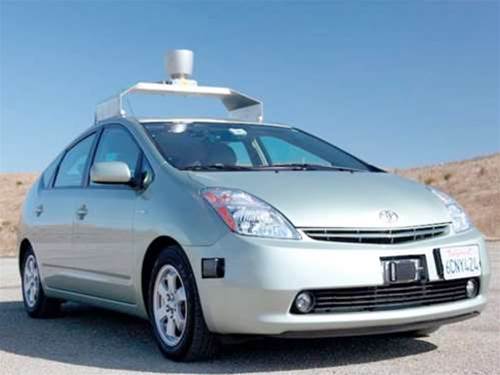Car makers, technology companies and governments now have a set of official guidelines to instruct trials of driverless vehicles in Australia.

Published by the National Transport Commission and AustRoads, the guidelines [pdf] set out how autonomous vehicles can be tested on public roads in the country, and how triallists can seek exemption from permits and requirements such as Australian design rules (ADR) ahead of testing.
Organisations that wish to trial autonomous vehicles must clearly set out the trial location and provide a high-level description of the technology used, the guidelines state.
A traffic management plan that takes into account vehicle density, pedestrians, signage, and route complexity will also need to be provided. A comprehensive insurance policy is similarly a must.
Automated vehicle testers must also make data from the trials available to road transport agencies, including any information on crashes that occur.
Australian laws do not currently permit testing of partially or fully automated vehicles on the country's roads, but state and territory governments will be able to provide exemptions for trials thanks to the new guidelines.
The chief executive of the NTC, Paul Retter, hopes the guidelines will help Australia become a global testing and innovation hub for automated vehicles.
“We have worked closely with vehicle manufacturers, technology developers and federal, state and territory governments to ensure our approach to trials is nationally-consistent and reflects best practice,” Retter said in a statement.


_(20).jpg&h=140&w=231&c=1&s=0)
.png&h=140&w=231&c=1&s=0)

_(22).jpg&h=140&w=231&c=1&s=0)



_(26).jpg&w=100&c=1&s=0)

 iTnews Executive Retreat - Security Leaders Edition
iTnews Executive Retreat - Security Leaders Edition












_(1).jpg&h=140&w=231&c=1&s=0)



